Focus on Enhanced Passenger Experience
The Airport Kiosk System Market is increasingly focused on enhancing passenger experience. Airports are recognizing that a positive travel experience is essential for customer satisfaction and loyalty. Kiosks that provide real-time information, personalized services, and user-friendly interfaces contribute significantly to this goal. Data indicates that airports implementing advanced kiosks have seen a 25% increase in passenger satisfaction scores. By offering features such as language options, interactive maps, and flight updates, kiosks cater to diverse traveler needs. This emphasis on passenger experience not only improves operational efficiency but also positions airports as customer-centric entities. Consequently, the Airport Kiosk System Market is likely to expand as more airports invest in technologies that prioritize traveler comfort and convenience.
Rising Air Travel and Airport Expansion
The rising air travel demand and ongoing airport expansion projects significantly influence the Airport Kiosk System Market. With an increasing number of passengers traveling each year, airports are under pressure to enhance their operational capabilities. The International Air Transport Association projects a 4% annual growth in air passenger traffic, necessitating the implementation of efficient systems like kiosks. As airports expand their facilities to accommodate more travelers, the integration of advanced kiosk systems becomes crucial for managing increased passenger flow. This trend indicates a robust growth trajectory for the Airport Kiosk System Market, as airports seek to modernize their infrastructure and improve service delivery in response to rising travel demands.
Increased Demand for Self-Service Solutions
The Airport Kiosk System Market experiences a notable surge in demand for self-service solutions. Travelers increasingly prefer self-service kiosks for check-in, boarding passes, and baggage drop-off, as these systems enhance efficiency and reduce wait times. According to recent data, the adoption of self-service kiosks has led to a 30% reduction in check-in times at major airports. This trend is driven by the growing need for contactless services, which streamline operations and improve passenger experience. As airports seek to optimize their processes, the integration of self-service kiosks becomes essential. The Airport Kiosk System Market is thus positioned to benefit from this shift towards automation and self-service, as it aligns with the evolving preferences of modern travelers.
Technological Advancements in Kiosk Systems
Technological advancements play a pivotal role in shaping the Airport Kiosk System Market. Innovations such as biometric authentication, artificial intelligence, and machine learning are enhancing the functionality of kiosks. These technologies enable faster processing times and improved security measures, which are crucial for modern airport operations. For instance, the implementation of facial recognition technology has been shown to reduce boarding times by up to 20%. Furthermore, the integration of mobile applications with kiosk systems allows for seamless user experiences, enabling travelers to check-in and receive boarding passes directly on their devices. As these technologies continue to evolve, the Airport Kiosk System Market is likely to witness increased investment and adoption, further driving growth.
Regulatory Support for Automation in Airports
Regulatory support for automation in airports is a driving force behind the growth of the Airport Kiosk System Market. Governments and aviation authorities are increasingly endorsing the use of automated systems to enhance security and efficiency. Policies that promote the adoption of self-service technologies are being implemented, encouraging airports to invest in kiosk systems. For example, regulations that streamline the approval process for new technologies facilitate quicker deployment of kiosks. This regulatory environment fosters innovation and encourages airports to adopt advanced solutions that improve operational performance. As a result, the Airport Kiosk System Market is likely to benefit from favorable policies that support automation and modernization efforts in the aviation sector.


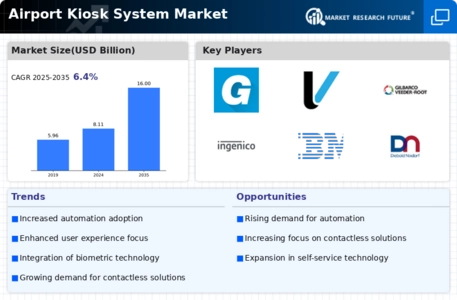
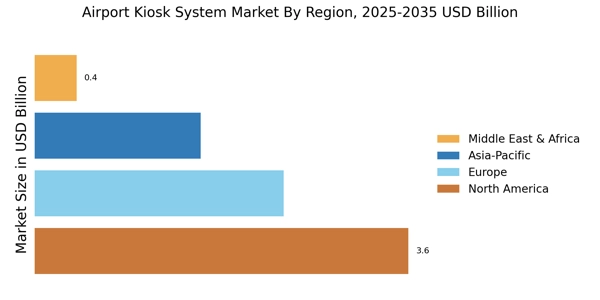
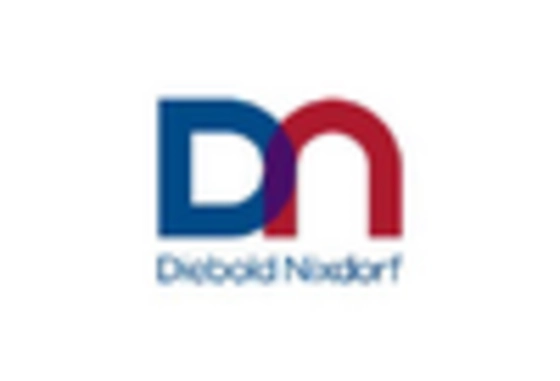
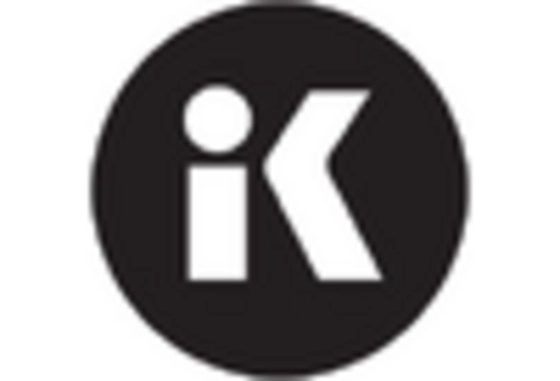
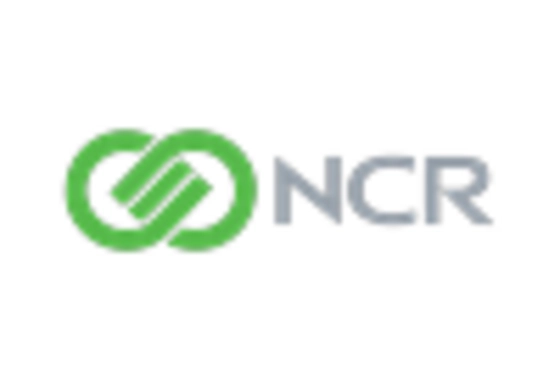

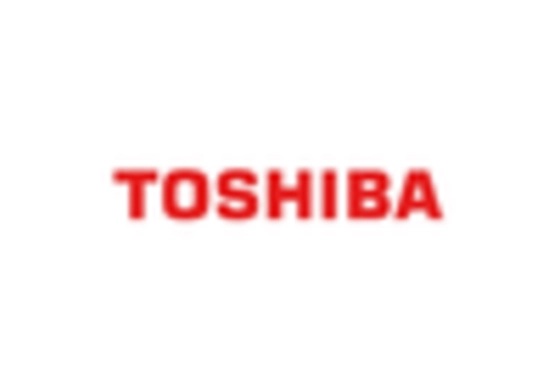









Leave a Comment